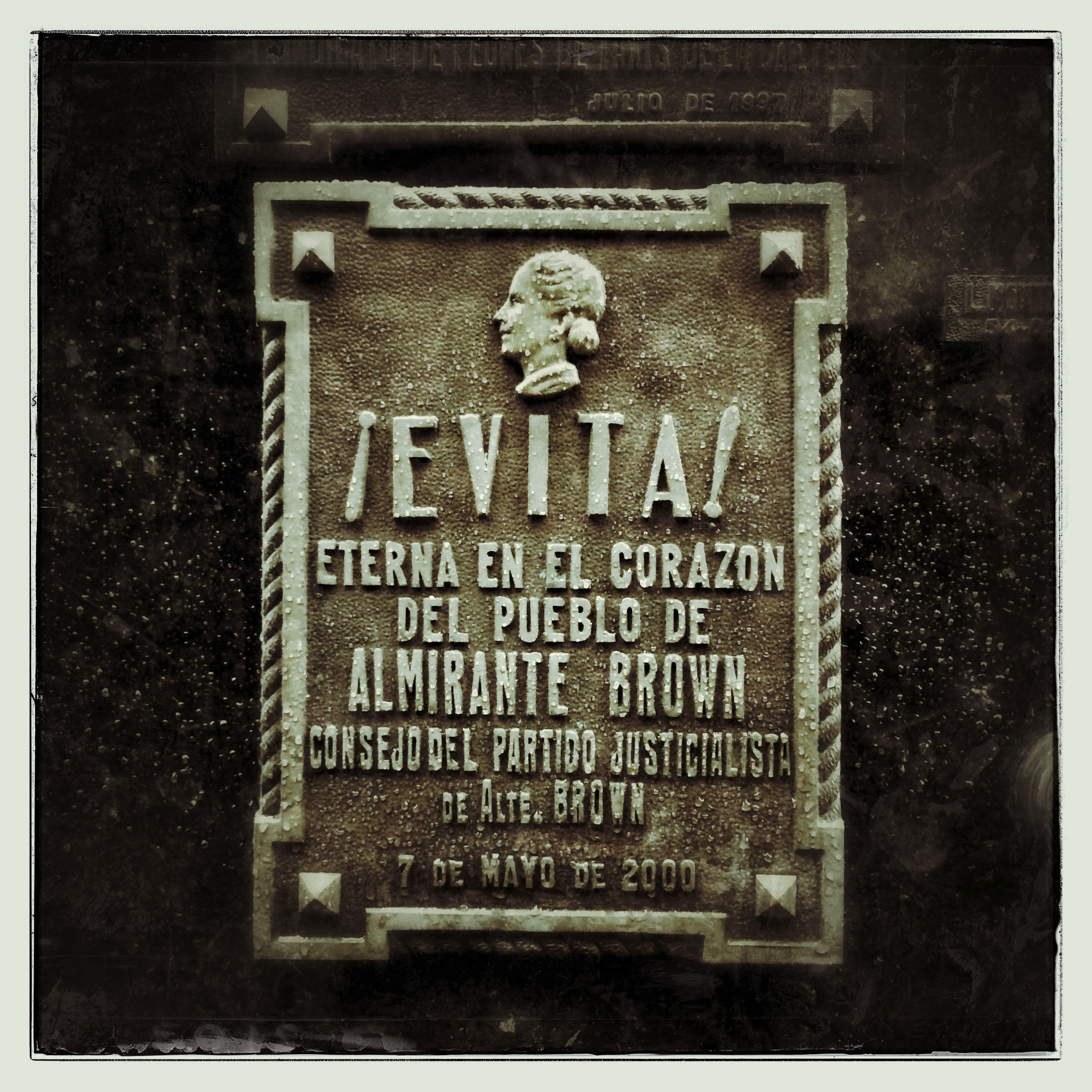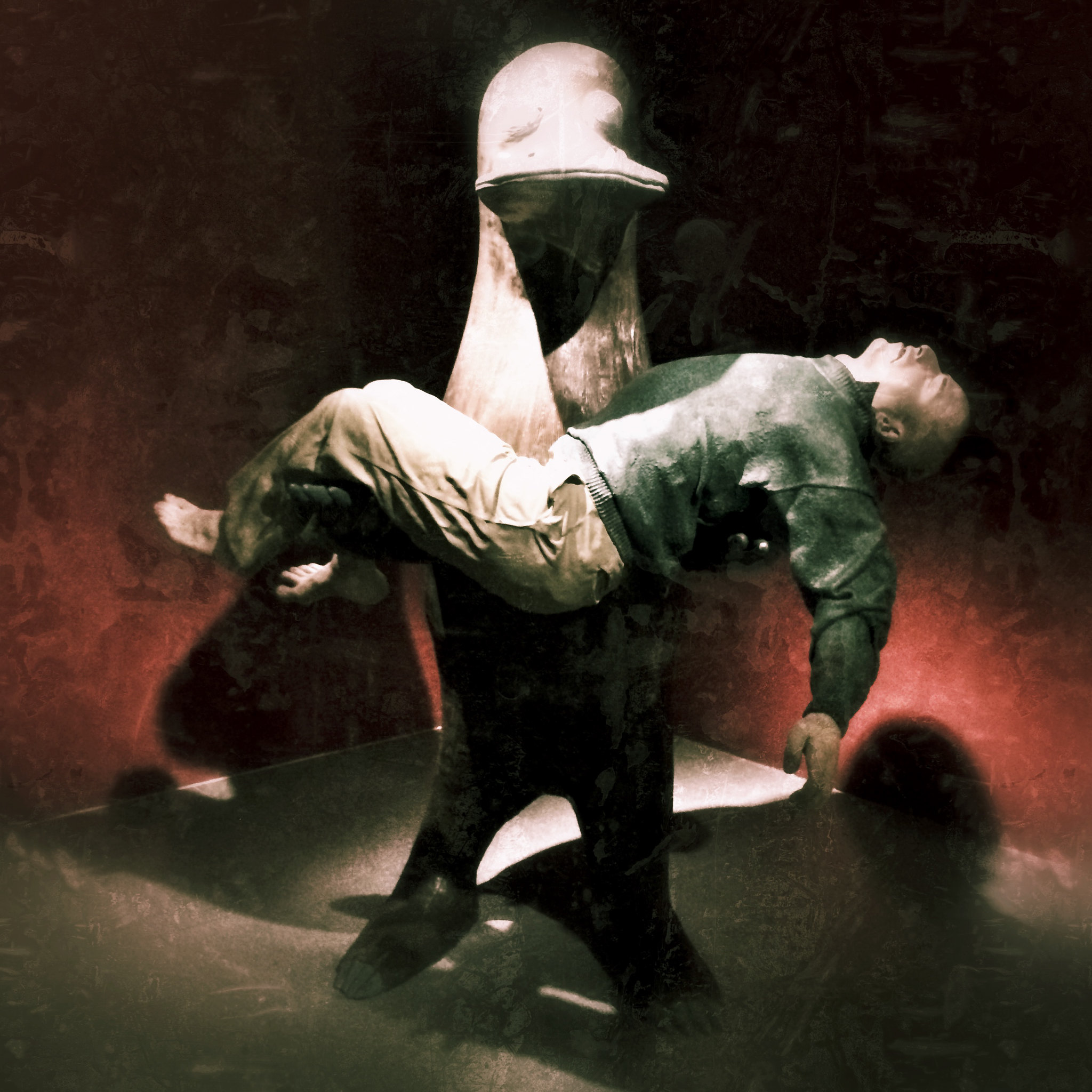The city boomed
I joined a 'free' walking tour (they work for tips) which was decent enough, though only covering a tiny bit of the city. Both the tour guide, a thirty-something Argentine, and my first real impression of the city, strongly made a case for the third largest city in Latin America to be the not-so-distant cousin of any major Southern European, or perhaps Central European, city.
Brazil's big cities have a European flavour, Montevideo could fairly easily be located in Southern Europe, but Buenos Aires feels like it's been been transplanted from across the Atlantic.
Some Brazilians come away somewhat disappointed after visiting Portugal, the once mighty nation that stood at the cradle of Brazil, as well as South America. Spain fares a bit better, compared to Portugal, economically, but the 40 million Argentinians could easily rival the economic might of Spain, let alone combined with the rest of Spanish speaking South America, while the 190 million Brazilians could, in theory, dwarf half of Europe.
The city's architecture, put together in the late 19th century, rivals that of any Central European capital. In fact, Buenos Aires and Budapest were considered so similar that Evita was partially shot in the Hungarian capital.
If anything, the main drags of Buenos Aires, modelled after Paris and constructed around the same time as the Parisian thoroughfares, are probably outdoing those of Budapest and almost rival those in the city of love.
With the struggling economy and restrictions on the exchange of foreign currency, there's a black market in US dollars. Except, the black market is condoned by the state, resulting in the street rate being called the 'blue dollar', with the value published daily in the national press. Fluctuating between roughly 10 and 12 pesos, the official rate for the dollar is stuck at 8.
In the city's business district, where business seems to be as brisk as ever, mostly women constantly offer to change their pesos for your dollars. Or vice versa.
Strangely, it is not uncommon for snack bars or small eateries, to not sell coffee.

























